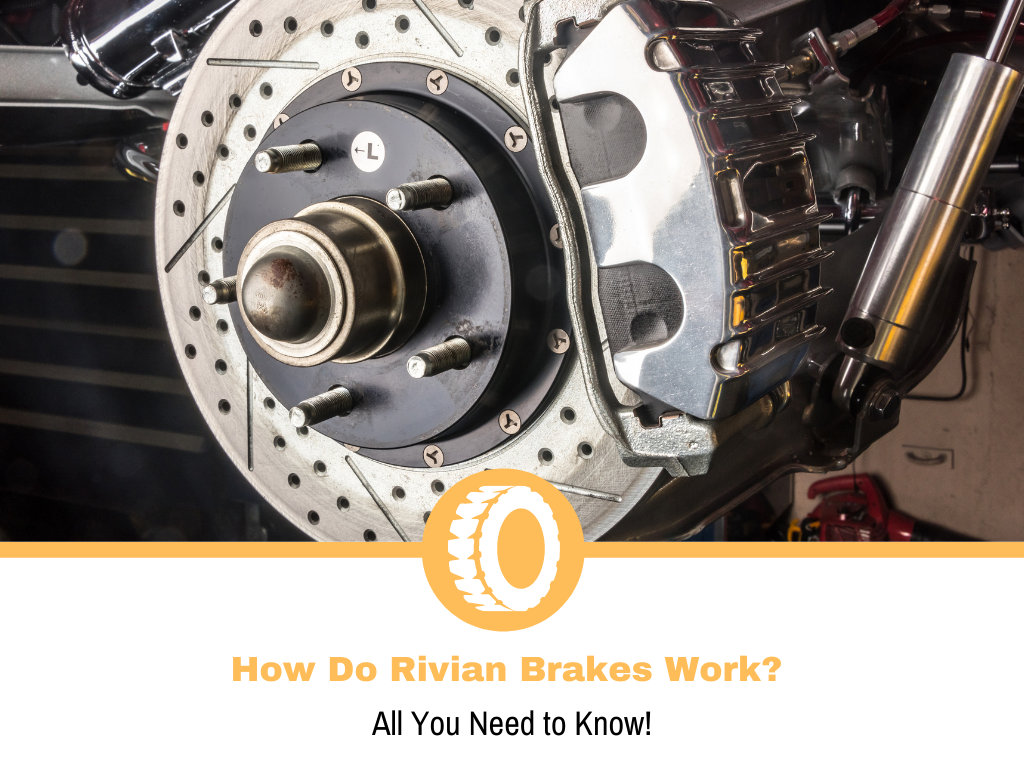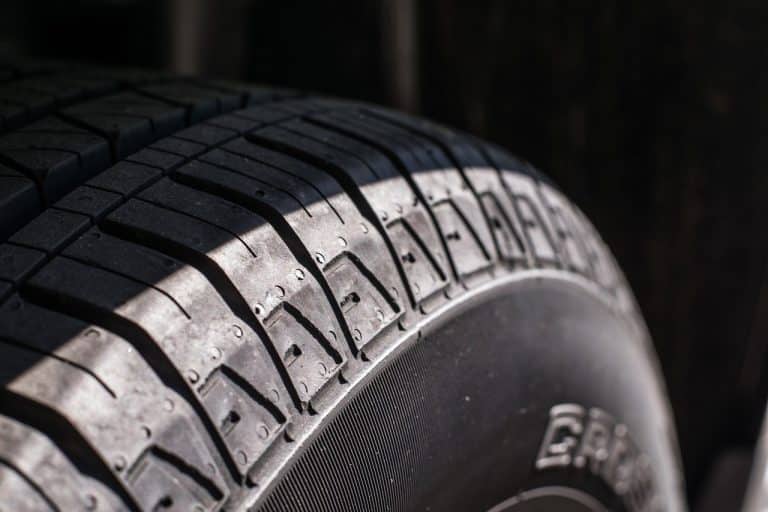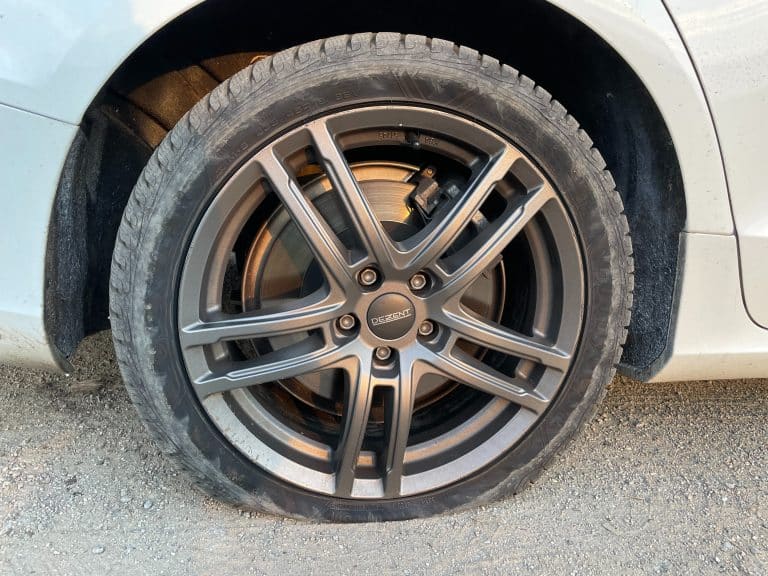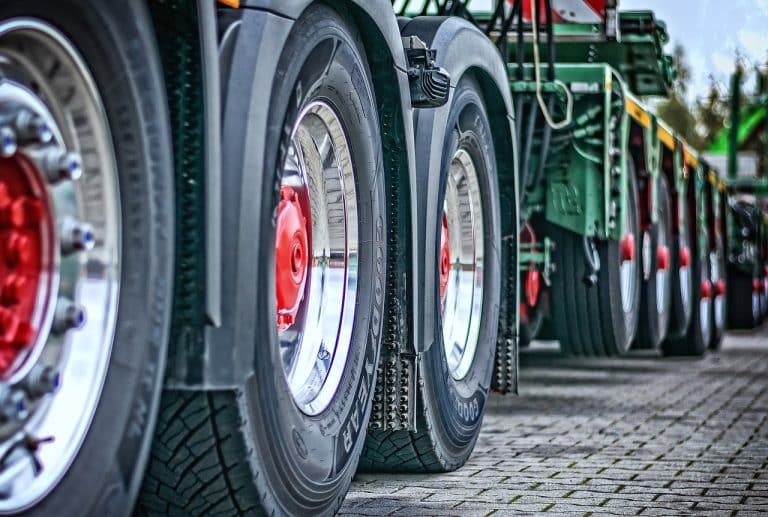How Do Rivian Brakes Work?
With the new age of electric vehicles blooming, it is no surprise that a slew of new technologies is hitting the market. Though not entirely new to the world as a whole, regenerative braking is new to the automotive industry. The Rivian R1T, R1S, and the Rivian powered fleet vehicle all use regenerative braking.

Rivian brakes work by switching the motors powering the vehicle into generators. This switch allows the vehicle to convert the kinetic energy of movement into electric energy which is stored in the batteries as chemical energy. Then when the vehicle accelerates again, that energy can be reused.
How Does Regenerative Braking Work?
Simply put, regenerative braking works by turning kinetic energy into electric energy by converting the motor into a generator. This is all to do with how motors and generators work.
A motor works by passing a current through a coil which is situated between two magnets, a north, and a south. As the current passes through the coil, it produces an electromagnetic field that interacts with the magnets. If you have ever held two magnets, you know that they will repel each other if you align the south with south, or north with north.
The same thing happens with the static magnet and the electromagnetic field in the motor, which is why the coil turns or rotates. The coil is physically attached to the vehicle’s axel which is how the electric energy in your battery is converted into kinetic energy.
Now, the same exact thing happens in a generator but in reverse. As the wheels turn the coil, it cuts through the magnetic field produced by the static magnets. This produces a current in the coil which is harvested by the battery.
This process is all explained by the laws of electromagnetism, and it is why the Rivian brakes can harvest energy when the vehicle slows down. In simple terms, Regenerative brakes feel like engine braking by far more powerful.
Is regenerative Braking Safe?
A regenerative brake will not stop you quickly by itself. It takes time to convert the kinetic energy into electric energy and there is no physical force interacting with the wheels as far as regenerative brakes go. This does not mean that the Rivian vehicle or other electric vehicle is unsafe, however.
All vehicles that use a regenerative braking system also have standard brake pads and brake discs. Typically, these are used in case of emergencies or for the last few feet of braking. Because there is little to no friction braking on a Rivian vehicle, the brake pads and discs could last the lifetime of the vehicle.
Is Regenerative Braking Worth It?
We know that regenerative braking works, but how much energy does it really feed back into the battery? The first thing to remember is that whenever an energy transfer occurs there will be some loss of said energy.
Typically, this energy is lost through heat, light, and noise. In the motor/generator itself, most of the energy loss is due to heat. The loss of energy also goes both ways. When the energy is being delivered to the wheels and then again when the kinetic energy is converted back into electric energy.
This loss of energy in electric vehicles is usually around 10% to 20% each way, which means that regenerative brakes are roughly 70% efficient. This does not, however, mean that 70% of the vehicle’s used energy is being recycled.
Rather, 70% of the energy harvested by the brakes is used for acceleration once again. So the regenerative brakes are around 70% efficient, but how much does this actually increase the Rivian vehicles’ range?
Well, it really depends on a multitude of factors. You have to take into account the amount of braking which is needed. If you are mostly driving in a busy city, then the regenerative brakes will probably help a great deal.
If you are driving downhill, you will also gain a lot of energy, but it would still be less than what you used getting up the hill in the first place. Even if the recapturing of energy was perfect and there was no energy loss whatsoever in the system, it would still not be perfect due to road surface friction and air resistance.
Road conditions aren’t even the biggest factor when it comes to regenerative brake effectiveness. Vehicle size actually has a bigger impact. The larger the vehicle more momentum and kinetic energy there is, the more energy there is to be harvested.
Because Rivian’s vehicles are either pickup trucks, SUVs, or commercial vans, the regenerative brakes are quite effective. Rivian has also made it their mission to develop smooth and powerful regenerative brakes.
Like with many electric vehicles, as soon as you lift of the “gas” pedal, the regenerative brakes kick in and slow the vehicle. Rivian’s vehicles have three settings for the strength of the regenerative brake, with the default setting being the strongest.
Some reports state that the energy recapture system is able to harvest as much as 30% of the total energy used. If the vehicle has a range of 300 miles, the average added 30% will give it a range of 390 miles!
Can Regenerative Braking Be Used for Vehicles with Internal Combustion Engines?
Simply put, ICE-driven vehicles will not have any use for regenerative brakes. However, if you add a few components such as a motor/generator, controller, battery, and wires, you could have a regenerative brake system. Though, in doing this you have just made a hybrid vehicle.
One of the best places to showcase this regenerative braking system on an ICE vehicle is in the pinnacle of motorsports, Formula One. In 2014 F1 cars started using the MGU-K which stands for “motor-generator unit, kinetic.” The system was originally called the Kinetic energy recovery systems (KERS) which was used in the 2011 season until the MGU-K was introduced.
To increase the strategic competition the governing body of F1 case limited the use of the MGU-K to 6.67 seconds a lap and capped the output of the system to 81hp. A lot of the advancements in the regenerative braking market have been thanks to F1 and the like.
F1 cars have also pioneered the MGU-H system which is similar because it also captors waste energy. The MGU-H however captors its energy from the waste heat the engine gives off in the form of exhaust gases.
Though this is an ingenious design and some f1 teams have used it to get a major advantage over other teams, the system will no longer be used after 2025. The reason for this is the same reason why the average ICE road car does have regenerative brakes. The system is just too heavy and consists of too many parts to be viable in the consumer market.
Alternatively, you could use a flywheel to store kinetic energy while braking and then harvest that energy when accelerating. F1 infect did this as well, but for them, the generator/motor method was better in the end. As far as road cars go, it is once again, becomes too heavy and complicated to be feasible.
What Are the Potential Issues with Regenerative Braking?
There are three issues with regenerative braking, the main one being that you can only use regenerative braking on wheels that are powered. Because a regenerative brake works by throwing a motor into reverse and converting it into a generator, you actually need to have the motor in that location.
Unless the vehicle is an AWD or a 4WD vehicle, there are going to be some complications with brake bias. This is actually one of the major issues the F1 teams had to overcome when they started implementing the regenerative braking system. Through years of experience the F1 teams are now better equipped to deal with this issue, however, it just goes to show how big of an issue it is.
Regenerative braking is also not consistent because at lower speeds the system isn’t as effective and the normal kinetic brakes need to be used, limiting the amount of energy that can be harvested. Finally, the feel of the brakes is completely different.
Some electric vehicles are marketed as single peddle cars, personally, this sounds terrifying. Additionally, when the brake pedal is used, many drivers complain about the brakes feeling soft or mushy. Though this is not a real safety issue, many drivers trying out an electric car for the first time are put off by this feeling.
Conclusion
Simply put, the Rivian vehicles use regenerative braking. Which is the process where the brakes try to harvest the kinetic energy of the moving vehicle rather than converting that energy into waste heat energy. This is doubly important when you don’t want to cause any waste.
The kinetic energy is converted into electrical energy in the motor/generator and then converted and stored as chemical energy in the battery. An additional downside to this is that batteries can only be charged so quickly, which further limits the potential recovery.





